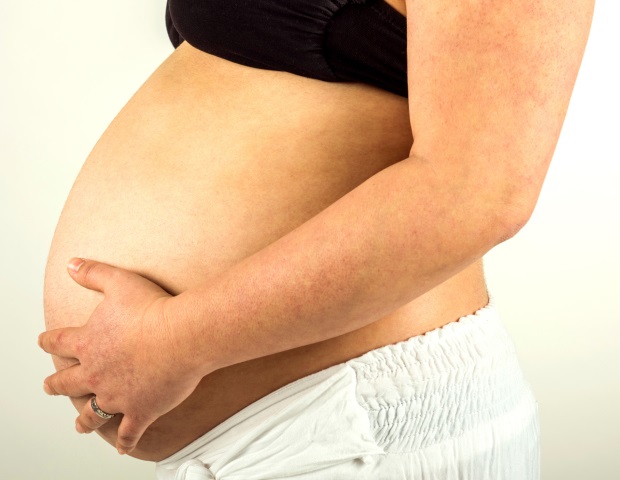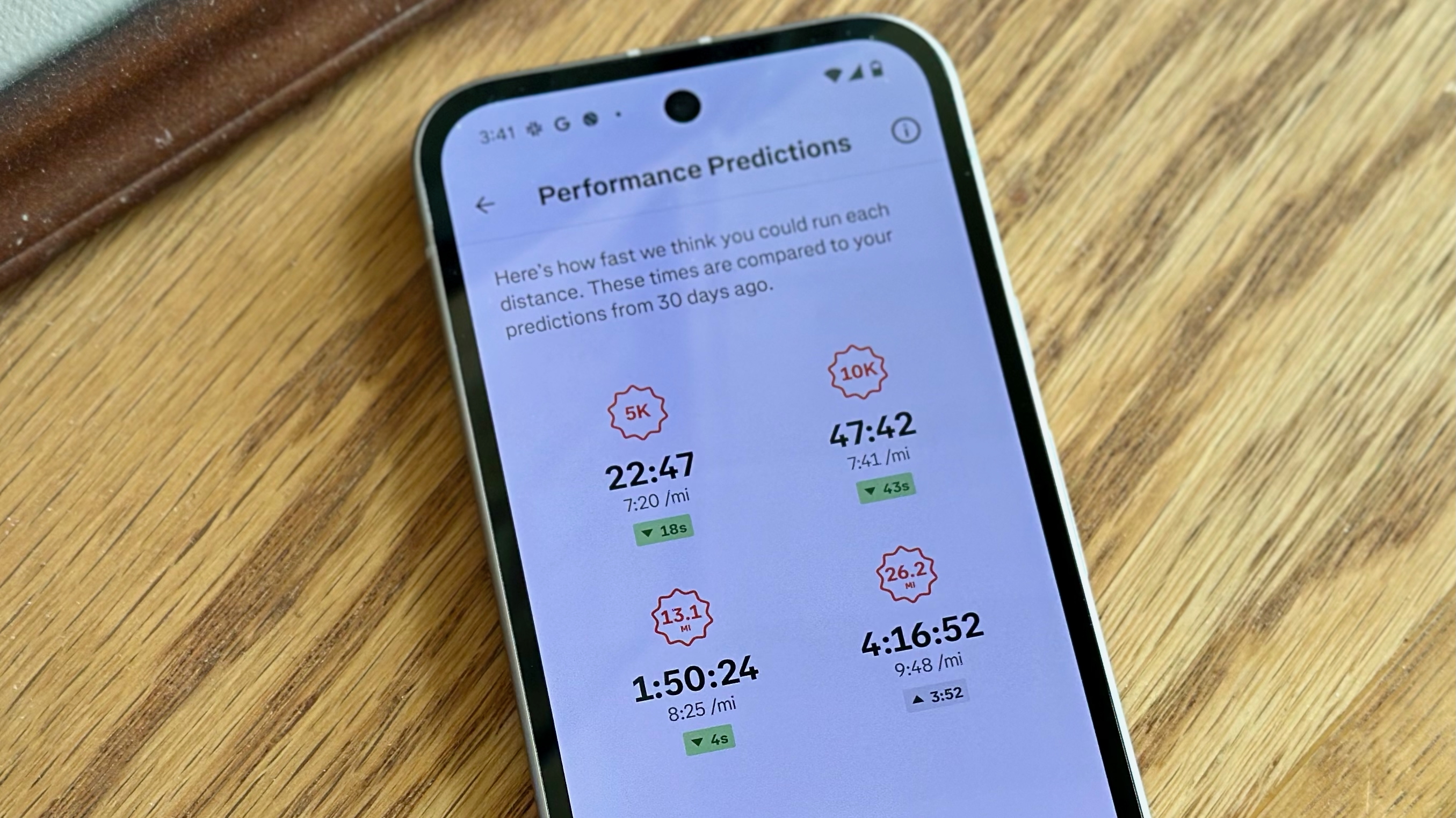The birth rate went up in 2024 after a historic drop, driven by moms over 40
After years of ominous headlines about the world's shrinking birth rates, there's a bright spot. The US birth rate slightly increased in 2024, according to preliminary data from the CDC.The 1% rise in births was largely driven by moms in their early 40s, who gave birth to 2% more children in 2024 than in 2023. Moms in their 30s and late 20s also experienced slight increases in births.Brady Hamilton, the lead author of the report, told Business Insider that the stats are a continuation of the trends of the last three decades. Women in their late 20s to early 40s are having more kids, while those in their teens and early 20s are having fewer. These numbers "support the contention that women are having children at later points in their lives," he said.While millennials are having fewer kids compared to past generations, they're still having more kids than Gen Zers. In 2024, the CDC found that women between 30-34 had the most kids, followed by moms in their late 20s (the oldest of Gen Zers).Emily Oster, the founder of ParentData.org, a bestselling author, and a professor of economics at Brown University, told BI that the CDC's data points to two large trends.One is that people are choosing to have kids later: fertility peaks in your early 20s, yet women in those age groups have been having fewer kids since the 1990s.At the same time, medical developments give people more control over when they have kids, if at all, Oster said.Teenage births continue to decline, dropping 3% since 2023, as birth control access increased. IVF allows women to conceive well into their 40s.Not everyone feels ready to have kids before their 30s and 40s."People are just taking longer to get to the place in their life when they think they want to have children," Sarah Hayford, a professor of sociology and director of the Institute for Population Research at The Ohio State University, told BI.Millennial and Gen Z parents need more time to feel financially secure enough to start families compared to past generations.Some are staying in school longer to land higher-paying jobs and afford the homes they want."What we see is people postponing births early on and then sort of catching up later on," she said.Despite the uptick in births, the Trump administration is on a mission to boost the birth rate, from "menstrual cycle classes" to giving $5,000 in cash to parents after delivery.Many Americans want more kids than they have. The challenge is getting parents to actually have more.Hayford said other wealthy countries, like Japan and South Korea, have introduced policies in the hopes of increasing their birth rates, like four-day work weeks and bonuses for men who reverse their vasectomies."None of them have been super successful," she said. While baby bonuses can have some impact, "they have to be really big," and even then, they have a modest influence on birth rates. She said Trump's proposed $5,000 would be under the average cost of delivery in the US, which is around $13,000 before insurance kicks in.Other policy proposals often mentioned by parents, like lowering childcare costs or lengthening paid parental leave, aren't guaranteed to significantly raise birth rates: Some Scandinavian countries with better childcare support than the US are also experiencing birth declines."I don't think we know what it would take to get a bunch of 26-year-olds to want to have three kids," Oster said. "I'm not sure we have the answer to that."

















